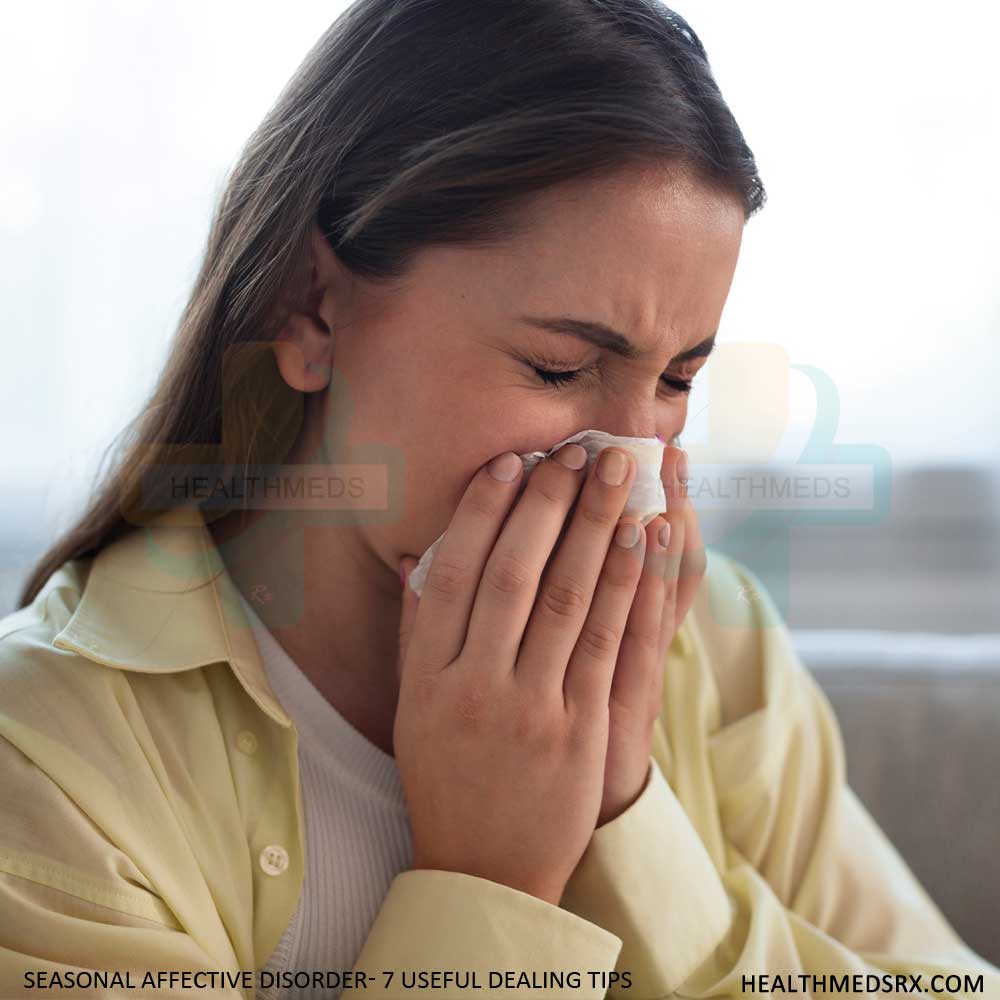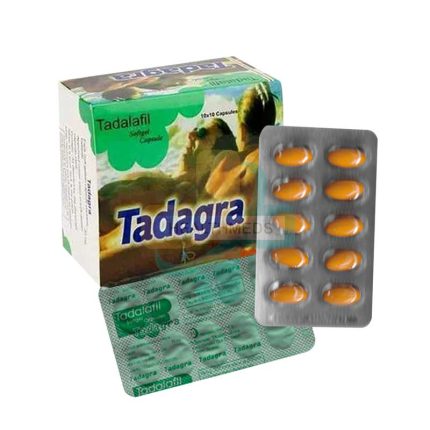Seasonal affective disorder (SAD) is a depression that takes place at certain times of the year, especially in the winters. It can be defined by emotions like sadness, low energy, and an absence of passion that can notably affect the daily routine.
The lowered exposure to sunlight during the winter is thought to be a contributing factor in the seasonal affective disorder. The body’s internal clock might get knocked off due to a lack of sunlight and cause imbalances in certain hormones and brain chemicals, such as serotonin and melatonin, which play vital roles in emotion control and sleep cycles.
Symptoms of SAD
The symptoms of SAD can differ in severity from individual to individual, but commonly include:
-
Prolonged depression, anxiety, or feeling irritated
-
Loss of enthusiasm for previously appreciated activities
-
Weakness and poor vitality
-
inability to focus and make judgments
-
Changes in appetite (overeating or lack thereof)
-
sleep disorders (insomnia or oversleeping)
-
Carbohydrate cravings and weight gain
Prevalence and Risk Factors
SAD is more prevalent in areas with lower daylight hours and longer nights, like the northern latitudes. Around 5% of Americans are affected by SAD(Seasonal Affective Disorder), whereas an additional 10–20% might experience a milder version known as “winter blues.”
Various factors can increase the probability of developing SAD, including:
-
Gender: Women have a higher chance of becoming more susceptible to SAD than men.
-
Age: SAD is more common in youngsters, although it can happen at any age.
-
Family history: Having a family member with SAD or other versions of depression might intensify the risk.
-
Geographic location: People living in northern latitudes with less daylight during the winter are at increased risk.
-
Pre-existing conditions: People with other mental health illnesses, such as major depressive disorder or bipolar disorder, may be more susceptible to SAD.
Understanding Seasonal Affective Disorder
Light therapy, often referred to as phototherapy, is one of the most effective medications for SAD. This involves subjecting oneself to intense artificial light that simulates sunlight outside. Typically, a specialized light tube or bulb that emits a particular type of light is utilized for offering light therapy. By raising the amount of melatonin and serotonin, two substances involved in sleep and emotion control, it is believed to help restore the internal clock of the body and boost mood.
Biological Factors:
-
Circadian Rhythm Disruption: Wintertime’s lower sunlight levels can throw off the body’s biological cycle, or inner clock, that regulates hormone production, sleep-wake cycles, and other physiologic processes.
-
Serotonin Levels: Being exposed to sunlight influences the neurotransmitter serotonin, which is responsible for controlling one’s mood. The onset of symptoms of seasonal affective disorder may be raised by lowered dopamine levels during the winter.
Environmental Factors:
-
Reduced Sunlight Exposure: Reduced sunshine throughout the winter, particularly in areas further from the equator, is the main environmental component associated with seasonal affective disorder (SAD). A lack of daylight might be affected by the levels of serotonin and daily routine.
Psychological Factors:
-
Negative Thought Patterns: Negative thoughts striking the mind, such as pessimism, low self-esteem, and a tendency to ruminate, can alleviate depressive symptoms; these might be experienced by individuals with SAD.
-
Stress and Life Events: Life events that are depressive or ongoing stress can make a person more insecure about developing SAD(Seasonal Affective Disorder), as stress can affect mood and overall wellness.
Diagnosing Seasonal Affective Disorder
The diagnostic process for SAD typically involves the following steps:
-
Clinical Interview: A psychological evaluation must be carried out in order to collect information about the symptoms of the individual, their medical background, and any other risk factors by a healthcare professional, like a physician, psychiatrist, or psychologist.
-
Symptom Assessment: The medical expert will evaluate the extent to which depression symptoms—which include poor mood, lack of interest or enjoyment from activities, alterations to eating or sleep habits, exhaustion, and trouble concentrating—are present and how severe they are. These symptoms must be seasonal in nature, abating at other periods of the year.
-
Diagnostic Criteria: Particular requirements for detecting SAD are provided in the DSM-5, the most recent version of the diagnosis guide. The requirements include the following:
-
The person must have seasonal depression, with bouts occurring primarily in the winter and abating in other seasons.
-
The past two years might serve as a period for the depressive occurrences to have occurred.
-
Ruling Out Other Conditions: The doctor’s evaluation will rule out other possible reasons for the patient’s symptoms, such as bipolar disorder, major depressive disorder, or other illnesses that might resemble SAD symptoms.
-
Questionnaires and Rating Scales: Standardized surveys and rating scales can be used by medical practitioners to gauge the extent of the signs of SAD and monitor changes over time. The Seasonal Patterned Assessments Questions (SPAQ) and the Structured Interviewing Guide for the Seasonal Affective Disorder Version of the Hamiltonian Depressive Rating Scale (SIGH-SAD) are a couple of instances.
Self-Care Strategies for Managing Seasonal Affective Disorder
Taking care of oneself is essential for managing seasonal affective disorderThis illness might cause you to feel depleted of energy, upset emotionally, and find it difficult to complete everyday duties. You may attain comfort and enhance the management of symptoms by incorporating methods of self-care into your everyday life.
Stress Management Techniques: Finding good coping mechanisms for stress is crucial since it might exacerbate the indications of SAD. Think about engaging in relaxation practices like yoga, meditation, or breathing practices. These mental-calming exercises can ease stress and anxiety.
Mindfulness Practices: Being mindful entails paying close attention to your emotions, thoughts, and surroundings while staying in the moment. Including mindfulness exercises, like mindful eating or walking, might lessen the impact of symptoms of SAD(Seasonal Affective Disorder) by keeping you centered and grounded.
Building a Support System: When coping with depression, talking with your loved ones and expressing how you are feeling may be quite beneficial. Embrace a network of relatives and friends who are sympathetic and aware of your situation. Attending a support group might help you connect with people going through similar situations.
Establishing a Daily Routine: Keeping an established daily schedule may help manage SAD as it provides purpose and consistency. Adopt a regular sleep pattern, move around, and carve out time for interests or pursuits that fulfill and give you delight.
Seasonal Affective Disorder in Young People
Although SAD might affect individuals of any age, it mostly occurs in young adulthood first, with many individuals experiencing their initial indications in their late teens or early 20s.
Symptoms
Although there are specific considerations that must be taken into account, the signs of SAD among youngsters are identical to those experienced in adults. Typical signs in this age range may include the following:
-
Persistent low mood and feelings of sadness or hopelessness
-
Loss of interest in activities once enjoyed
-
Fatigue and low energy levels
-
Difficulty concentrating and focusing on tasks
-
Changes in appetite and weight fluctuations
-
Irritability and mood swings
-
Social withdrawal and isolation
Diagnosis
It might be difficult to accurately identify SAD in adolescents, as symptoms tend to be shrugged off as a passing phase or related to other illnesses. However, if the symptoms are sufficiently severe to interfere with everyday activities, school, or social interactions, or if they last for a long time, it’s essential for you to get professional help.
Mental health professionals can rule out other possible causes and assess if the symptoms meet the criteria for SAD by using a variety of diagnostic methods, including interviews, questionnaires, and physical tests.
Treatment Considerations
Treating SAD in young people often involves a combination of approaches, including:
-
Light therapy
-
Psychotherapy
-
Medication
-
Lifestyle changes
-
Support system
Treatment must be conducted wholeheartedly, taking into account each patient’s particular requirements and choices. The treatment of SAD among youngsters might be greatly enhanced by prompt action and an encouraging atmosphere, allowing them to flourish throughout the years that follow.
Psychologists, therapists, and counsellors are examples of mental health experts that may be extremely helpful in controlling social anxiety disorder. These professionals may offer individualized advice, therapies that are supported by research, and coping mechanisms that are catered to each person’s requirements. To treat the psychological and behavioral elements of SAD(Seasonal Affective Disorder), they can assist in creating a complete strategy that can involve light therapy, medicine, and cognitive-behavioral approaches.
Understanding and controlling SAD(Seasonal Affective Disorder) can also benefit tremendously from the consumption of instructional assets, such as articles, books, and internet resources from reliable sources. These resources can offer comprehensive details on the ailment, including its root cause, symptoms, and available treatments. People who possess a greater understanding and awareness are better suited to determine and cope with their symptoms, which results in more efficient coping mechanisms and enhanced general wellbeing.



